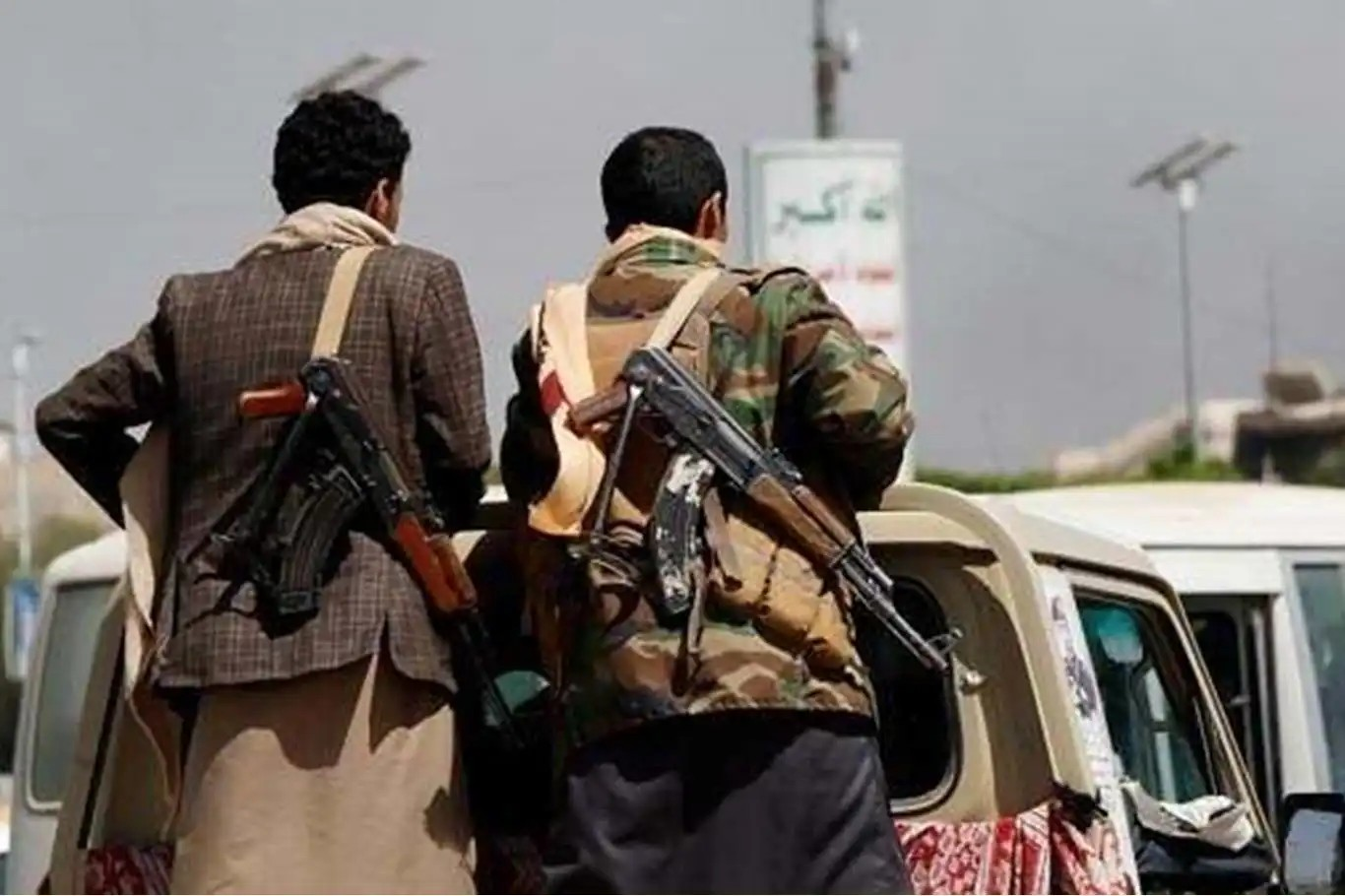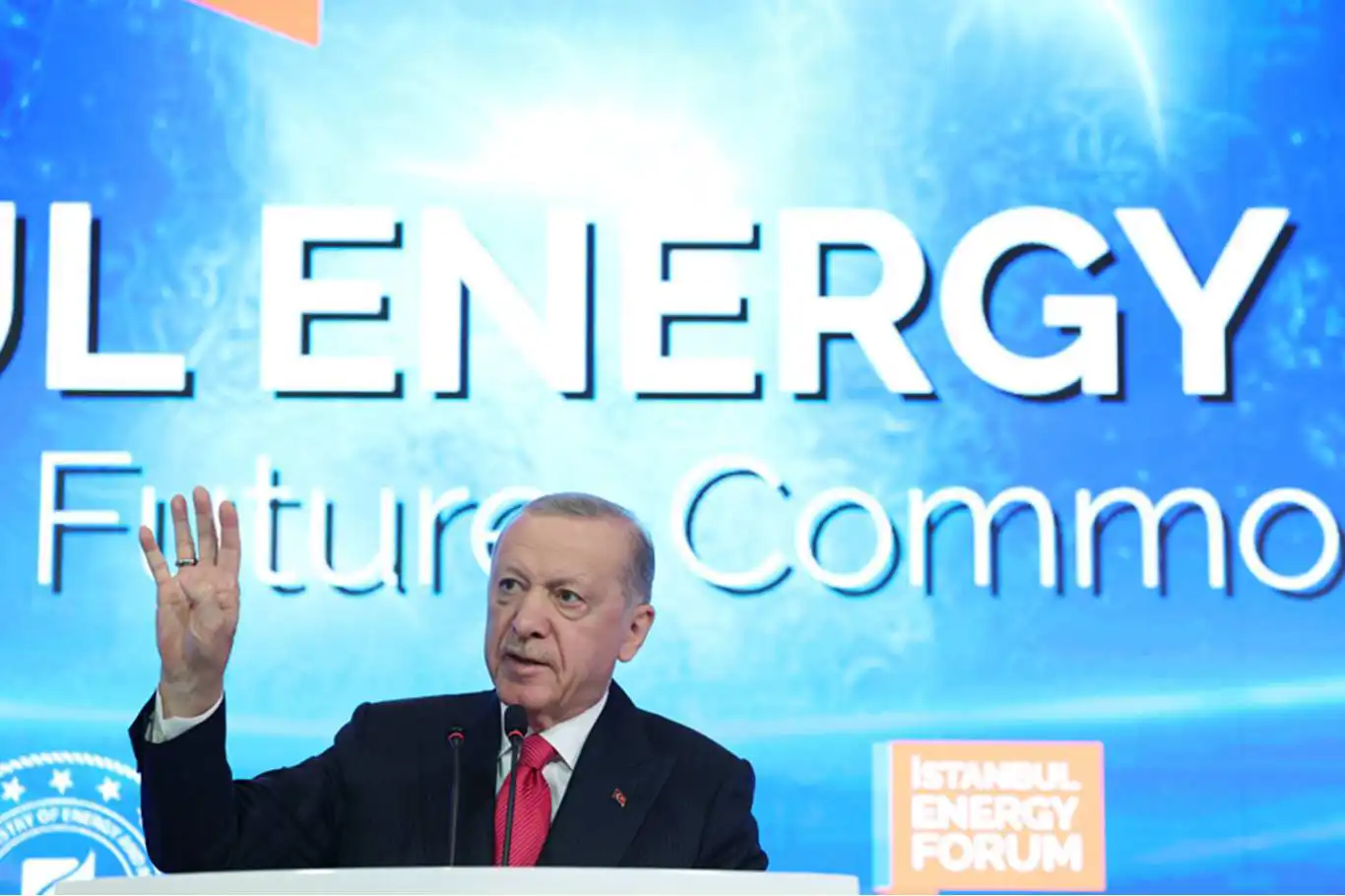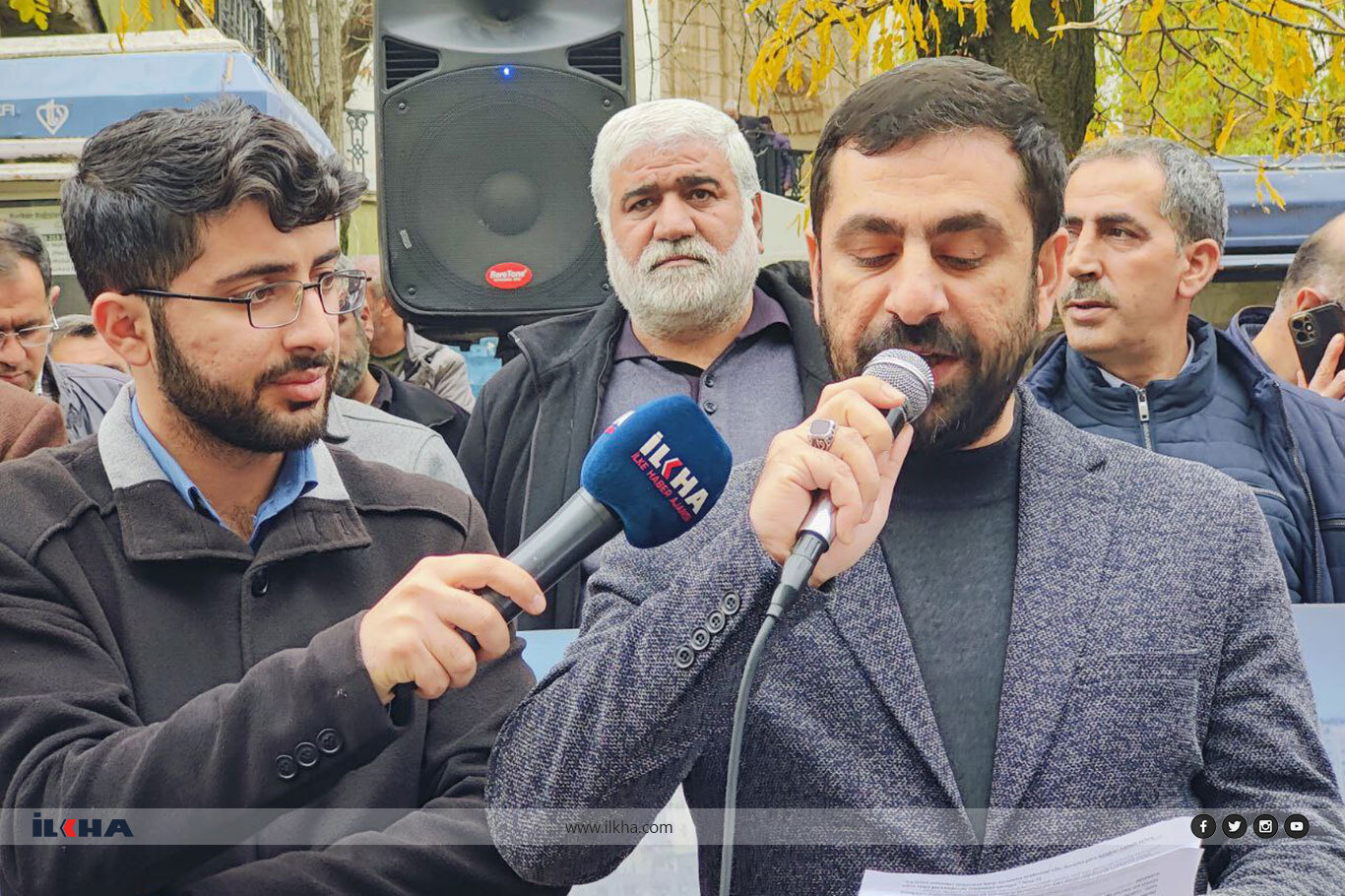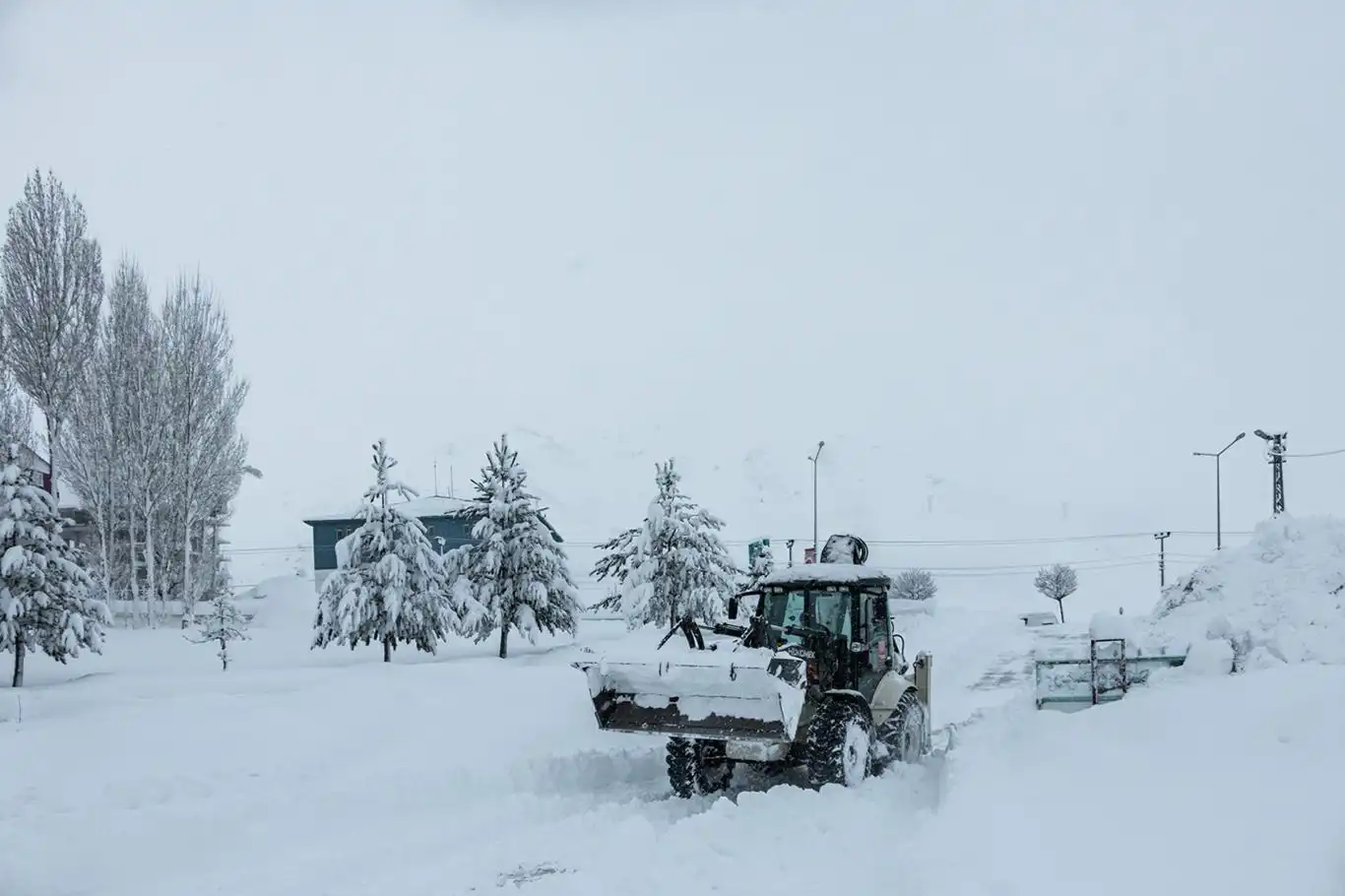Muslim pilgrims pray on Mount Arafat in hajj climax
More than 1.5 million Muslims gathered on Mount Arafat on Saturday, enduring soaring temperatures in the climax of the annual hajj pilgrimage.
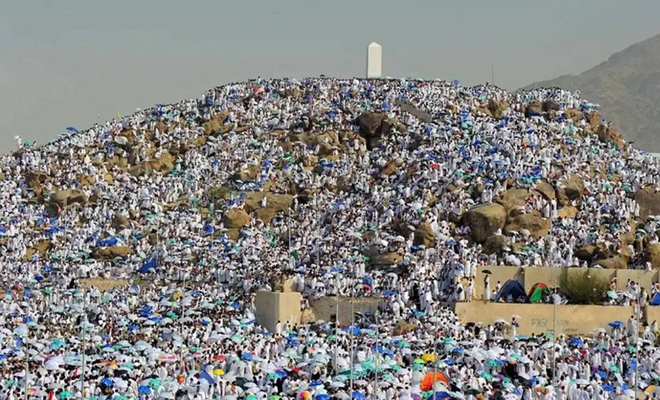
 Google News'te Doğruhaber'e abone olun.
Google News'te Doğruhaber'e abone olun. This day, considered the most grueling of the pilgrimage, saw worshippers from around the world praying and reciting the Holy Quran on the rocky, 70-meter (230-feet) hill located about 20 kilometers (12 miles) from Mecca. It is the site where the Prophet Mohammed delivered his last sermon.
The desert heat is expected to reach 43 degrees Celsius (109.4 degrees Fahrenheit), posing significant challenges, particularly for elderly pilgrims. Saudi authorities have advised pilgrims to stay hydrated and use umbrellas for sun protection, as men are prohibited from wearing hats. The intense heat and physical demands of the pilgrimage highlight the devotion and resilience of the participants, many of whom have traveled great distances to fulfill this religious duty.
The hajj, one of the world's largest religious gatherings, is increasingly impacted by climate change. A Saudi study indicates that regional temperatures are rising by 0.4 degrees Celsius each decade, further complicating conditions for the pilgrims. The rising temperatures underscore the need for increased safety measures and infrastructure improvements to support the millions of worshippers who embark on the pilgrimage each year.
Pilgrims spent the preceding night in a vast tented city in Mina, a valley located a few kilometers outside Mecca. The air-conditioned tents were densely packed, with worshippers lying close together on narrow mattresses. Accommodation was organized by nationality and price, with hajj packages typically costing several thousand dollars. The communal experience of sleeping in close quarters fosters a sense of unity and equality among the pilgrims, reflecting the core values of Islam.
Following their time on Mount Arafat, pilgrims will proceed to Muzdalifah to collect pebbles for the symbolic "stoning of the devil" ritual in Mina on Sunday. This ritual, which involves throwing pebbles at three pillars representing Satan, symbolizes the rejection of evil and the reaffirmation of faith. The hajj retraces the steps of the Prophet Mohammed's final pilgrimage approximately 1,400 years ago, connecting participants to the history and traditions of their faith.
The hajj is a significant source of legitimacy for the Al Saud dynasty, whose monarch holds the title "guardian of the two holy mosques" in Mecca and Medina. Last year, Saudi Arabia welcomed more than 1.8 million pilgrims for the hajj, with about 90 percent coming from abroad. Additionally, 13.5 million Muslims performed Umrah, the smaller pilgrimage that can be undertaken year-round. The kingdom aims to increase this number to 30 million by 2030, reflecting its commitment to facilitating religious observance and its strategic vision for economic diversification through religious tourism.
This year's hajj occurs against the backdrop of the Gaza genocide, following eight months of intense Israeli aggression. The ongoing situation remains a poignant issue for many in the Muslim world, casting a shadow over the pilgrimage. The genocide, characterized by significant casualties and humanitarian challenges, highlights the broader geopolitical tensions affecting the region. Pilgrims at the hajj, while focused on their spiritual journey, carry with them the hopes and prayers for peace and justice in Gaza.
As millions of Muslims gather on Mount Arafat in the sweltering heat, the spirit of unity, faith, and resilience is palpable. The hajj remains a powerful testament to the enduring significance of this ancient pilgrimage, bringing together believers from across the globe in a shared expression of devotion and solidarity. Amidst the challenges posed by climate change and ongoing conflicts, the pilgrimage stands as a beacon of hope and a reminder of the strength of the human spirit in the pursuit of faith. (ILKHA)












































